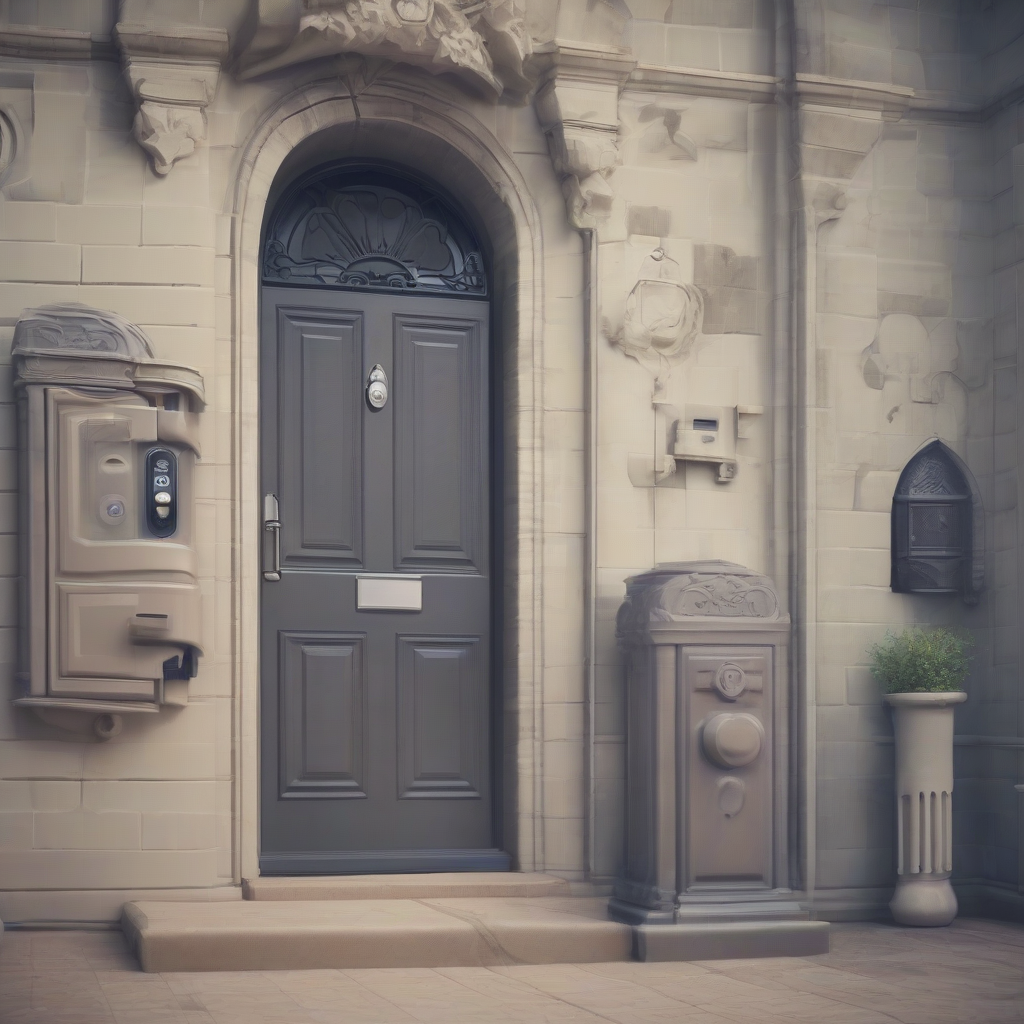Decoding Home Security System Pricing: A Comprehensive Guide
The cost of a home security system can vary wildly, depending on several factors. Understanding these factors is crucial to making an informed decision and finding a system that fits your budget and security needs. This guide breaks down the various elements that influence pricing, helping you navigate the market effectively.
Factors Affecting Home Security System Costs
- Type of System: The fundamental choice – professionally monitored, DIY, or self-monitored – significantly impacts the price. Professionally monitored systems generally cost more due to ongoing monthly fees, while DIY systems involve upfront costs for equipment and may lack professional monitoring features.
- Equipment Costs: This includes the central control panel, sensors (door/window sensors, motion detectors, glass break detectors), cameras (indoor/outdoor, wired/wireless), keypads, and any additional accessories like smart home integration devices. The number and type of devices directly correlate with the overall cost. More sophisticated equipment, such as high-resolution cameras with advanced features or smart locks, will be more expensive.
- Professional Installation: Opting for professional installation adds to the initial cost but ensures proper setup and functionality. DIY installation is cheaper but requires technical skills and may lead to potential security vulnerabilities if not done correctly.
- Monitoring Fees (if applicable): Professionally monitored systems require monthly or annual fees for 24/7 monitoring services. These fees vary based on the level of service, features included (e.g., cellular backup, professional response), and the contract length. Self-monitoring eliminates this recurring expense, but it also means you’re responsible for responding to any alerts.
- Contract Length: Longer contracts often result in lower monthly monitoring fees, but they also limit your flexibility. Shorter contracts provide more freedom but typically come with higher monthly payments.
- Contract Terms: Carefully review the contract for any hidden fees, early termination penalties, or clauses limiting your options. Understanding the terms is crucial to avoiding unexpected costs.
- Features and Add-ons: Additional features like smart home integration (controlling lights, thermostats, and other devices remotely), mobile app access, video recording and cloud storage, and professional monitoring response add to the overall cost. Choosing essential features based on your needs will help you manage expenses.
- Number of Sensors and Cameras: The more sensors and cameras you have, the higher the cost, especially with high-end models. Assess your security needs carefully to determine the appropriate number of devices without overspending.
- Brand and Reputation: Established brands with proven track records often charge more than lesser-known companies. While it’s beneficial to invest in a reliable system, it’s important to compare features and value across different brands.
- Location: Installation costs, particularly for professional installation, can vary depending on your location. Rural areas might have higher installation costs compared to urban areas.
Pricing Breakdown: Different System Types
Professionally Monitored Systems
These systems offer 24/7 professional monitoring, providing immediate response to emergencies. Expect higher upfront costs and ongoing monthly fees. The total cost can range from several hundred dollars for basic systems to thousands for comprehensive systems with advanced features.
- Upfront costs: $300 – $2000+ (depending on equipment and installation)
- Monthly monitoring fees: $30 – $60+ (depending on features and contract length)
DIY Systems
DIY systems offer greater control and flexibility, with lower upfront costs. However, you are responsible for installation and monitoring, potentially limiting response time during emergencies. These systems can range from under $100 to several hundred dollars, depending on the number of devices.
- Upfront costs: $100 – $500+
- Monthly fees: Typically none, unless you opt for professional monitoring add-ons.
Self-Monitored Systems
Similar to DIY systems, self-monitored systems require no professional monitoring fees. However, the responsibility for monitoring and responding to alerts rests solely with the homeowner. Costs are primarily associated with equipment purchases.
- Upfront costs: $100 – $500+
- Monthly fees: Typically none, although cloud storage for video recordings might incur fees.
Tips for Saving Money on Home Security Systems
- Compare quotes from multiple providers: Don’t settle for the first quote you receive. Obtain quotes from several companies to compare pricing and features.
- Consider DIY installation: If you’re comfortable with technology, DIY installation can significantly reduce costs.
- Opt for a basic system initially: Start with a basic system and add features as needed. This allows you to control expenses while ensuring you have essential security measures in place.
- Negotiate pricing: Don’t hesitate to negotiate with providers to secure a better deal. Often, companies are willing to offer discounts or promotional offers.
- Look for bundled packages: Some providers offer bundled packages that include various devices and features at a discounted price.
- Take advantage of promotional offers: Keep an eye out for promotional offers and discounts offered by security companies.
- Check for financing options: Some providers offer financing options to help spread the cost of the system over time.
- Prioritize essential features: Identify your critical security needs and focus on features that directly address those needs.
Conclusion (Omitted as per instructions)

